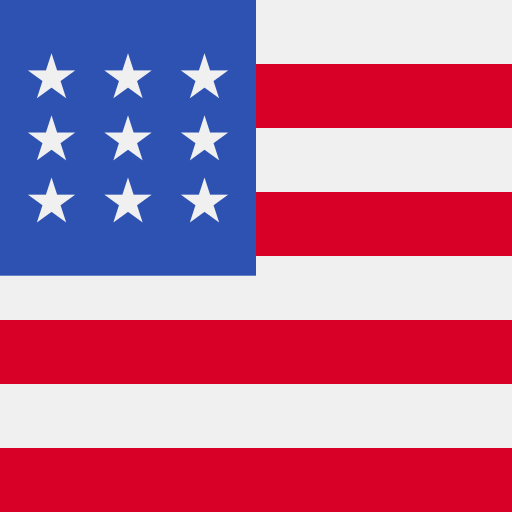Immortal scenes captured by Claude Monet as well as other renowned painters leave a lasting impression in northern France.
Immortal scenes captured by Claude Monet as well as other renowned painters leave a lasting impression in northern France.
By Jeannine Williamson
Even if you’ve never visited Vernon before you can expect to be struck by an immediate sense of déjà vu at its most famous sight.
The French town situated on the banks of the river Seine is the gateway to Claude Monet’s house and beloved garden in the village of Giverny, in Normandy. Born in Paris in 1840, and founder of the avant-garde Impressionist art movement, he first glimpsed Giverny out of a train window and fell in love with it.
Today, the old railway track has been made into a cycle and walking path and is one of the ways you can reach the inspirational setting which was the subject of more than 500 of Monet’s paintings. The Japanese bridge, pond dappled with water lilies and weeping willows depicted in much of his work remain exactly the same.
You’ll feel as if you are walking into a timeless scene that was captured by the artist who became famous for his bright colors and short, quick brushstrokes used to illustrate movement and light, all of which shocked art traditionalists at the time.
Monet lived in Giverny from 1883 to 1926 and as well as the surroundings, the house is also open to visitors. The green shutters, vivid yellow dining room and blue kitchen are further testament to his ground-breaking artistic flair and love of color at a time when most homes were very dark and sombre.
Rouen, 40 miles from Vernon, may be famous as the place where Joan of Arc was burned at the stake for heresy, but it is also a wonderful city for art lovers. Monet painted Rouen Cathedral more than 30 times between 1892 and 1894, and the Musée des Beaux-Arts houses one of the most outstanding public art collections in France, including the biggest Impressionist collection outside Paris.
You can marvel at a masterpiece of a different kind near Caudebec-en-Caux, a jumping off point to see the famous Bayeux Tapestry. The epic stitch work telling the story of the conquest of England by William, Duke of Normandy, in 1066 is more than 200 feet long and an audio guide brings the story to life.
See if you can spot fun things such as smiling horses, and Harold and his men tucking in their clothes so as not to get their feet wet when they wade into the English Channel and inventive servants using their shields as trays!
Moving on through Normandy to Le Havre, on the opposite side of the Seine estuary, is the pretty fishing village of Honfleur. With its narrow streets and wooden buildings it’s easy to see why it inspired Monet and other acclaimed artists over the decades, including JMW Turner who went across the Channel in 1832 to paint scenes of the river Seine for a book on French rivers.
The small harbour is surrounded by atmospheric cafés with outdoor seating which are a great spot to tuck into a plate of garlicky mussels or seafood and watch the world go by as you reflect on a view captured by countless painters.
Duration: 7 nights
Where: Paris | Vernon-Les Andelys | Caudebec | Rouen | Conflans | Paris
Price: From $3,099 pp
Become the first to know about win-a-cruise competitions, on-trend vacation inspo and don’t-miss travel advice from the experts.



 United Kingdom
United Kingdom USA
USA